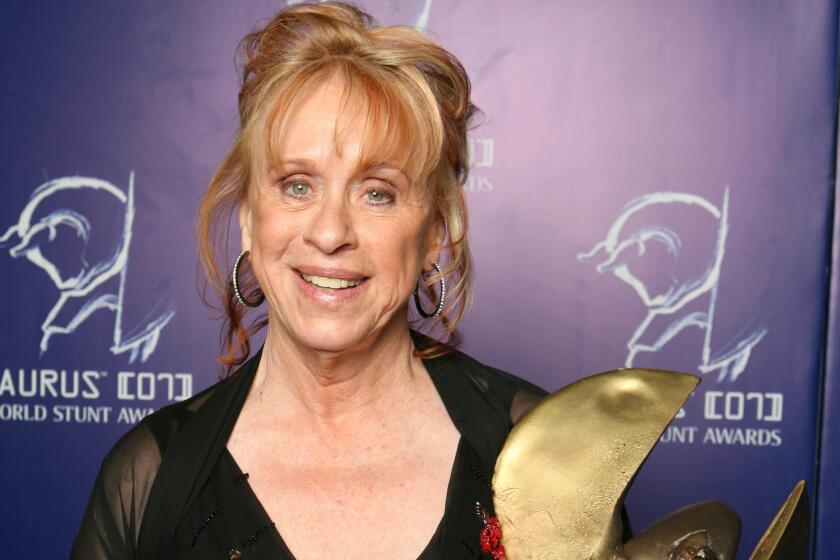Facebook is trying to school users about spotting fake news
Facebook is launching a resource to help you spot false news and misleading information that spreads on its service.
The resource, similar to previous efforts around privacy and security, is basically a notification that pops up for a few days. Clicking on it takes you to tips and other information on how to spot false news and what to do about it.
The guidelines include looking closely at website addresses to see if they are trying to spoof real news sites, and checking websites’ “about” sections for more information. Some sites might look like real news at first glance, but their “about” sections inform the visitor that they are in fact satire.
Adam Mosseri, vice president of News Feed at Facebook, said he hopes people will become “more discerning consumers” of news.
The new feature is part of a broader plan by Facebook to clamp down false news stories, which gained outsizeattention in the months leading up to the 2016 U.S. presidential election.
False news, of course, was around long before the election. But supermarket tabloids peddling stories about aliens and celebrity miracles are less insidious than, say, “Pizzagate,” a false Internet rumor that led a gunman to fire an assault weapon inside a Washington pizzeria in December.
Facebook has been “working very hard to figure out how to get their arms wrapped around this,” said Lucy Dalglish, journalism dean at the University of Maryland. “Facebook was always very interested [in] technology but not the social and civic implications of technology. It’s like they have become citizens.”
She praised the company for seeking help from outside experts, including academics, researchers and nonprofit journalism organizations.
The company, for instance, is working with outside fact-checking and media organizations to identify false news as such. And once they are identified, Facebook is trying to dry up the “economic incentives” of false news sites by making it difficult for them to buy ads on Facebook.
Not everyone is impressed, though. Michael Connor, executive director of Open MIC, a nonprofit organization that advises investors and companies on media and technology issues, said Facebook hasn’t proven it has had any success disrupting the economic incentives for fake news.
“It’s not a bad step,” Connor said of the new notifications, “but it’s at least a year late and it’s likely that very few people will heed the advice provided. More importantly, it hardly addresses the underlying problem. Until Facebook finds ways to curb the folks who are generating false news and misinformation, steps like this are really only window-dressing.”
Of course even with Facebook’s new efforts, it’s impossible to change everyone’s minds — despite providing objective evidence. And that’s usually harder the older a news consumer gets, which is why news literacy courses (knowing what’s objective journalism and what isn’t) should be taught as early as high school, said Robert Quigley, who teaches a social media journalism course at the University of Texas at Austin.
“Facebook is the No. 1 vehicle for problems with news literacy,” Quigley said. “They’re trying to solve it. I don’t know how many people are going to read these notifications, but it’s good they’re making an effort. I don’t think even Facebook would say this is the answer. It’s more of a piece of the puzzle.”
Mosseri said most of the false news content on Facebook is from spammers trying to seek a profit and not, for example, political propaganda. This is apparent as the sites often flip-flop around opposing political candidates, for example.
The new feature will be available in 14 countries, including the U.S., Germany, France, Italy, the U.K., the Philippines, Taiwan and Brazil.
Times staff writer David Pierson contributed to this report.






